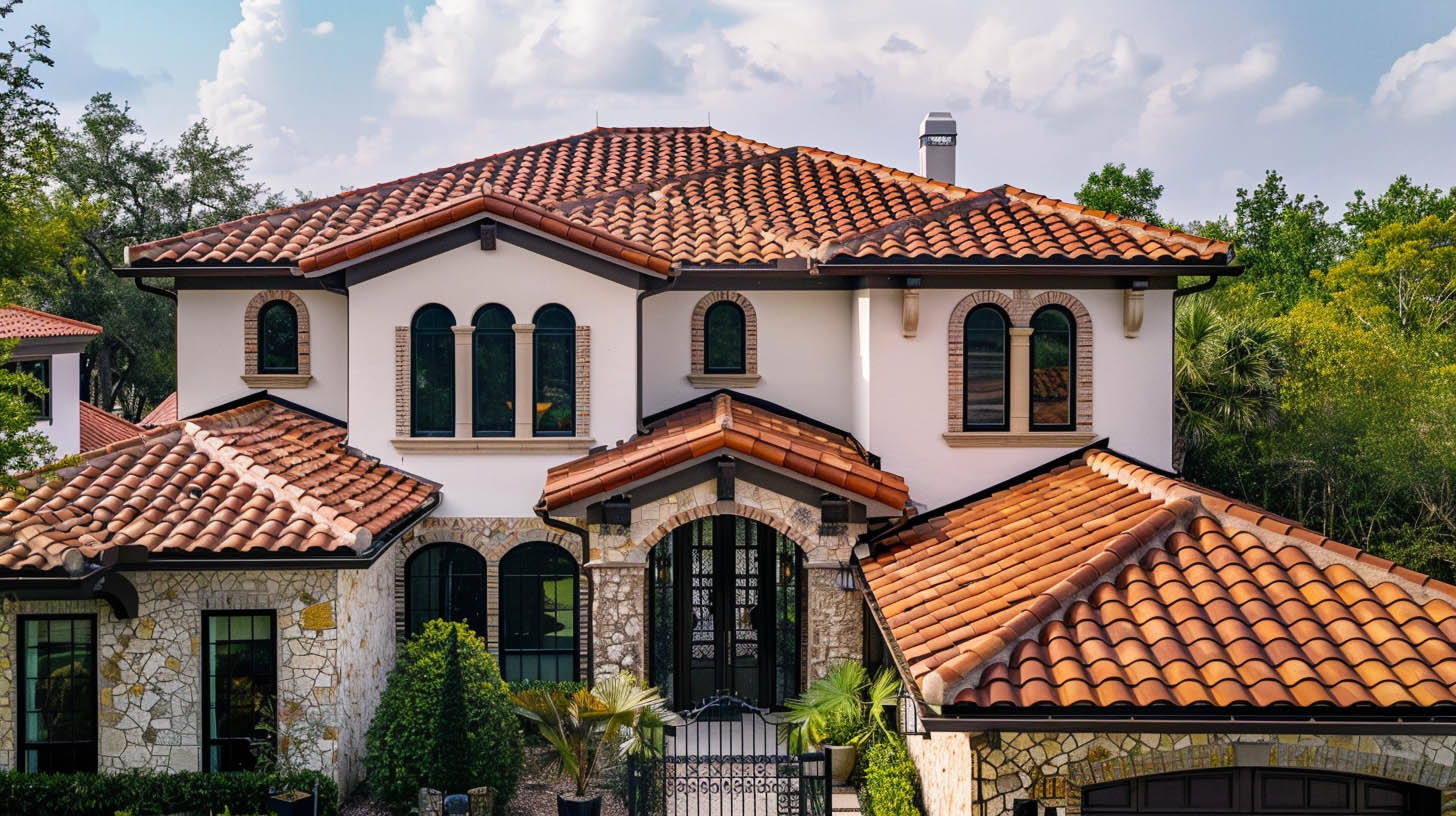Tile roofing, with its rich history and aesthetic appeal, has been a preferred choice for homeowners seeking durability and timeless beauty. Despite its popularity, misconceptions about tile roofing persist, leading to hesitation among potential users. This article aims to dispel these myths, providing a factual perspective on the benefits and considerations of tile roofing.
Myth 1: Tile Roofs Are Only Suitable for Certain Climates
The Reality: Versatile Climate Adaptability
Contrary to the belief that tile roofs are only fit for hot or dry climates, modern tile roofing materials are engineered to perform exceptionally across diverse weather conditions. High-quality clay and concrete tiles offer excellent resistance to frost and ice, making them suitable for colder regions as well. Their design allows for efficient water shedding, preventing water ingress and damage in rainy climates.
Myth 2: Excessive Weight Limits Application
The Reality: Structural Compatibility and Solutions
While it’s true that tile roofs are heavier than some alternatives, this does not universally limit their application. Prior to installation, a structural assessment can ensure that a building can support the weight. In cases where structural limitations exist, lightweight tile options provide a viable solution without compromising the aesthetic and functional benefits of traditional tiles.
Myth 3: High Cost with Limited Benefits
The Reality: Long-Term Value and Efficiency
The initial investment in a tile roof may be higher compared to other materials, but its value becomes evident in the long run. Tile roofs offer an impressive lifespan, often exceeding 50 years with minimal maintenance. Their natural thermal mass contributes to energy efficiency, reducing heating and cooling costs. When considering longevity and energy savings, tile roofing emerges as a cost-effective choice over time.
Myth 4: Maintenance and Repair Complexity
The Reality: Ease of Maintenance and Durability
Another common misconception is that tile roofs require frequent and complex maintenance. In reality, tile roofs demand minimal upkeep. Regular inspections and prompt replacement of damaged tiles can extend a roof’s lifespan significantly. Tiles’ inherent durability makes them resistant to decay, mold, and insect damage, further reducing the need for maintenance.
Myth 5: Limited Design Options
The Reality: Broad Range of Styles and Colors
Tile roofing is often mistakenly thought to offer limited aesthetic options. However, today’s tile roofs come in a wide variety of colors, shapes, and finishes. From traditional clay to lightweight composite tiles, homeowners can choose from a range of styles to complement any architectural design, from historic to contemporary.
The Role of Professional Installation
The success of a tile roofing project heavily relies on professional installation. Expertise in tile selection, proper installation techniques, and adherence to local building codes are crucial for maximizing the performance and lifespan of a tile roof. Planet Roof, located in Mcmurray, PA, specializes in tile roofing solutions, ensuring that each installation meets the highest standards of quality and durability.
Conclusion
Tile roofing stands as a testament to durability, aesthetic versatility, and energy efficiency, debunking the myths that have clouded its reputation. With proper installation and minimal maintenance, a tile roof can provide decades of protection and beauty for any home. Homeowners considering tile roofing should consult with experienced professionals like Planet Roof to explore the best options tailored to their specific needs and preferences, ensuring a lasting and valuable addition to their property.


